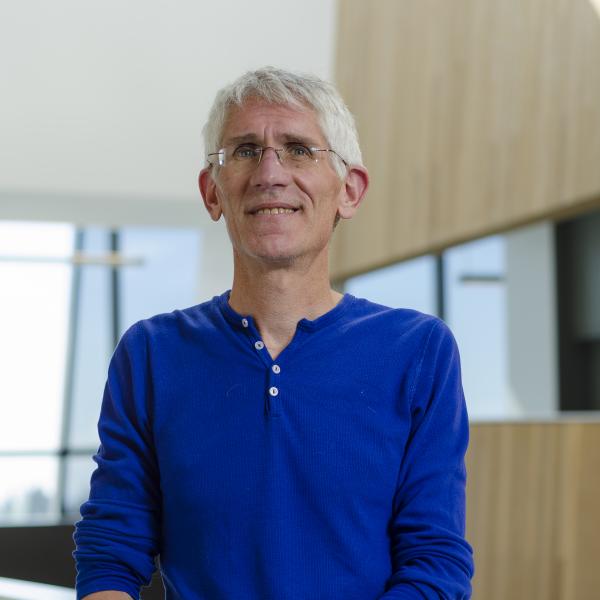Corey Nislow PhD
Professor
Dr. Corey Nislow completed a bachelor of arts in developmental biology at New College (Sarasota, Florida) and doctor of philosophy in cell and molecular biology at the University of Colorado (Boulder, Colorado). He was also an American Cancer Society postdoctoral fellow. Dr. Nislow served as group leader in two biotechnology companies (MJ Research and Cytokinetics Inc., in the San Francisco Bay Area) and as a senior genome scientist at Stanford University. Prior to joining UBC, Dr. Nislow was associate professor at the University of Toronto and director of the Donnelly Sequencing Centre.
Dr. Nislow enjoys teaching all aspects of biotechnology, genomics and drug discovery for undergraduate and graduate students. He also taught a popular course on critical thinking at the University of Toronto.
Dr. Nislow's lab employs genomics and develops biotechnology tools to address both fundamental and applied biological questions. The technologies employed are:
Parallel genome-wide chemical genomic screens
Dr. Nislow's lab, together with the lab of UBC Pharm Sci's Dr. Guri Giaever, have developed molecularly barcoded mutant collections of yeast, several bacterial pathogens and the human fungal pathogen Candida albicans to assay gene-drug and gene environment interactions. The lab performs similar assays using cultured mammalian cells using large-scale shRNA screens and human gene overexpression screens.
High throughput cell-based screens
Dr. Nislow's lab has developed ultra high-throughput automated screening platforms for a broad range of interesting organisms, including yeast, e. coli, salmonella, chlamydomonas, several archae, and mammalian cells. The readout of these screens ranges from simple growth outputs to multiparameter imaging by microscopy and imaging cytometry.
Next Generation Sequencing
Dr. Nislow's lab has developed several novel NGS assays, including nucleosome-seq and barcode sequencing. In addition to performing traditional whole genome sequencing and whole exome sequencing, the lab has developed pathway/organelle-specific sequencing assays. Dr. Nislow directs the Faculty's sequencing centre, where access is provided to a range of sequencers and sample preparation devices, including a state-of-the-art digital PCR platform.
The questions the lab has addressed and plan to address all fall under the theme of understanding how the cell takes the instructions in its DNA, i.e. its genotype, and manifests that information into phenotype in both normal and deranged circumstances. For example, the lab continues to address these questions:
- How can environmental and drug stress elucidate the condition-specific function of genes?
- How does the structure and architecture of the genome, manifested as chromatin, influence gene expression and cell physiology?
- Can we use genomic, chemical genomic, and genome architecture data to infer evolutionary relationships?
- Finally, how can we apply the tools we develop for model organisms to human biology? Specifically can we combine the power of next-generation sequencing and chemical biology to begin to understand the way in which gene variants affect patient responses to therapeutic intervention?

Contact Details
Office 6619, Pharmaceutical Sciences Building